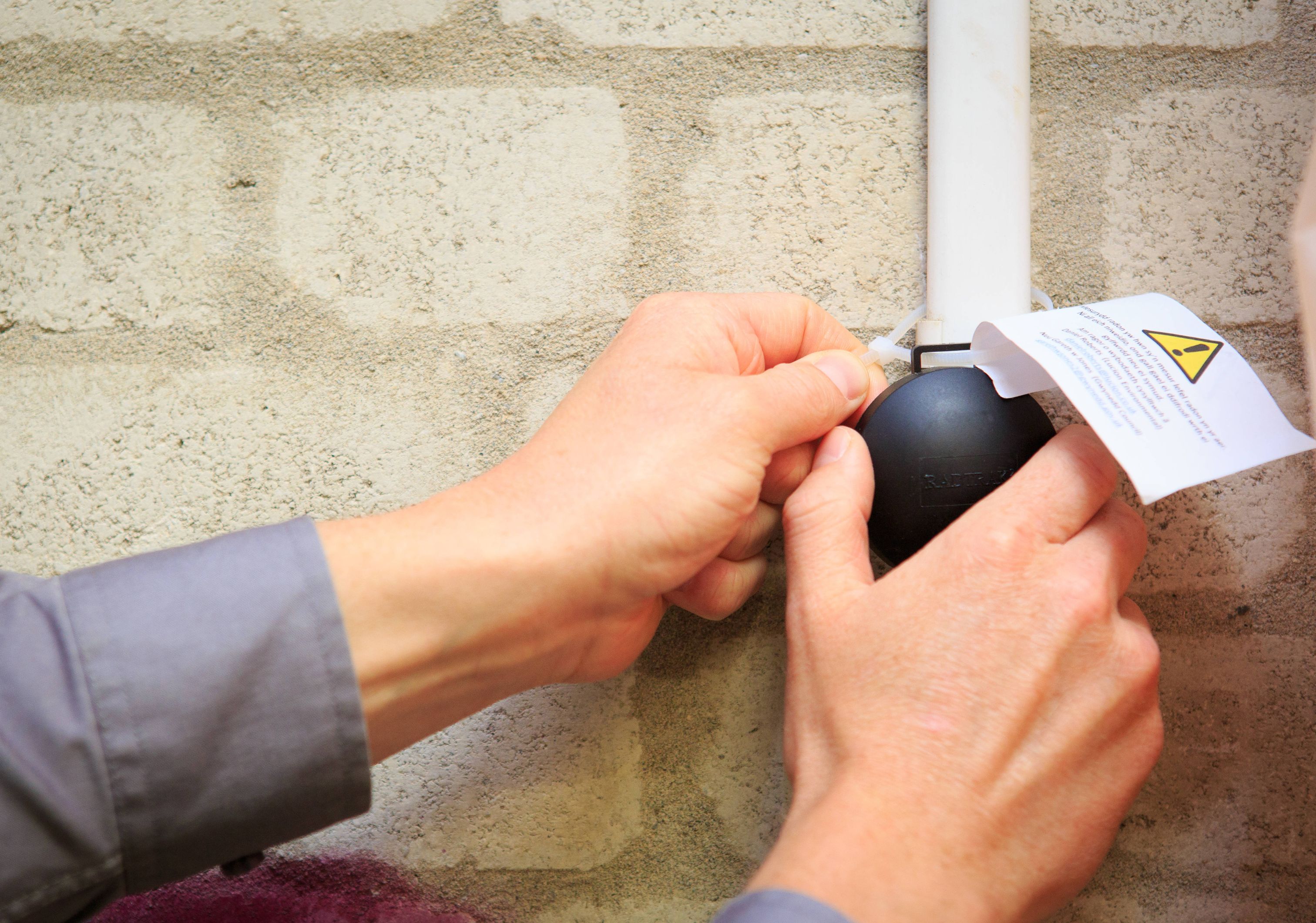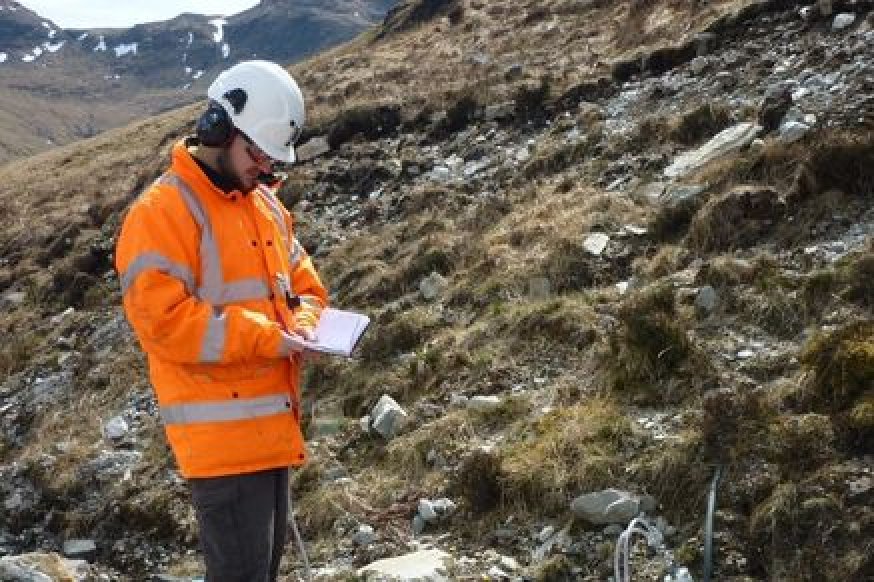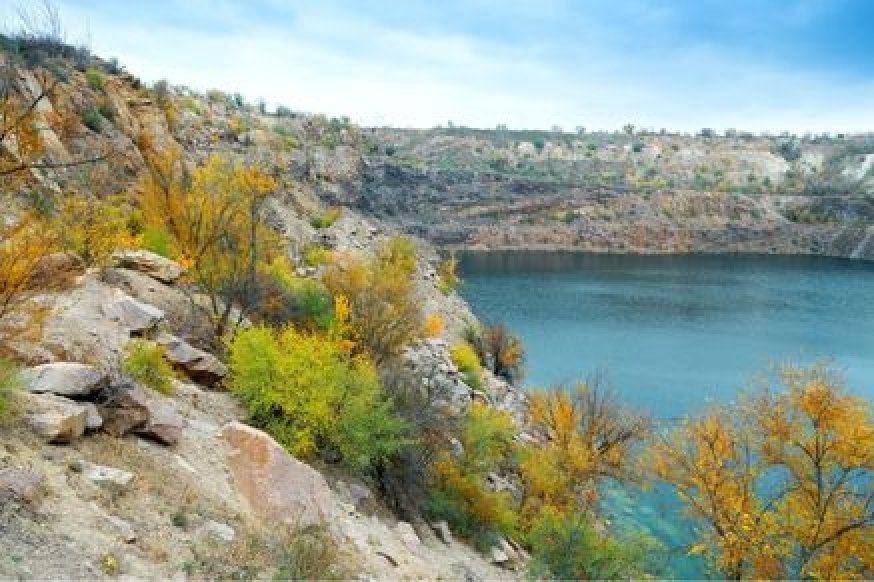
Our knowledge of the issues surrounding the risk management and legal compliance of hazardous materials gives our clients complete reassurance throughout their project, with real time visibility of all hazardous materials and all risks.


Radon is a naturally occurring radioactive element. It is a colourless, odourless and tasteless gas. Radon is found in the atmosphere but tends to accumulate in underground space such as caves, mines and basements. Radon can increase the risk of lung cancer, especially when combined with smoking. Before appropriate ventilation became mandatory, many miners developed lung cancer from radon exposure.
Whilst the highest levels of radon gas are usually found in underground spaces, high concentrations are found in ground floor buildings due to a higher likelihood of a slightly lower pressure than the surrounding atmosphere. This allows radon from subsoil underneath buildings to enter through cracks and gaps in the floor.
Workplaces such as basements, mines, caves and utility industry service ducts can have significant levels of radon as can any above-ground workplaces in radon affected areas. All workplaces including factories, offices, shops, classrooms, nursing homes, residential care homes and health centres can be affected.
Under the Health and Safety at Work Act 1974, an employer is responsible for ensuring the health and safety of employees and others who access their workplace. The Management of Health and Safety at Work Regulations 1999 require the assessment of health and safety risks which include radon under the following circumstances:
Workplaces in radon affected areas should be tested. If radon levels in any part of a workplace exceed 300 Becquerels per cubic metre (Bq/m3) as an annual average, the Ionising Radiations Regulations 2017 (IRR17) apply, and the employer is required to take action to restrict exposure. It is the responsibility of the HSE and local authorities to enforce these regulations.
UKHSA advises radon should be identified as a hazard if you have a workplace with one or more of the following circumstances:
Our specialist team can assess your areas of business that fall under the above locations and determine if a radon test, utilising radon detectors, and survey are required. If radon is identified in the radon test and radon survey, our team can provide mitigation and remediation advice. The combination of radon level, occupancy time and workplace type will determine what action is required.
Our knowledge of the issues surrounding the risk management and legal compliance of hazardous materials gives our clients complete reassurance throughout their project, with real time visibility of all hazardous materials and all risks. Our extensive expertise in radiation protection will facilitate your compliance with the IRR17.
Download a printable PDF of this page